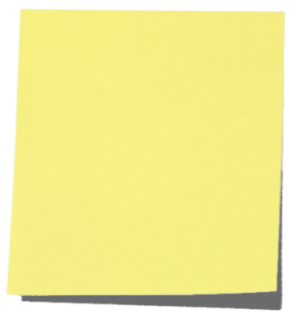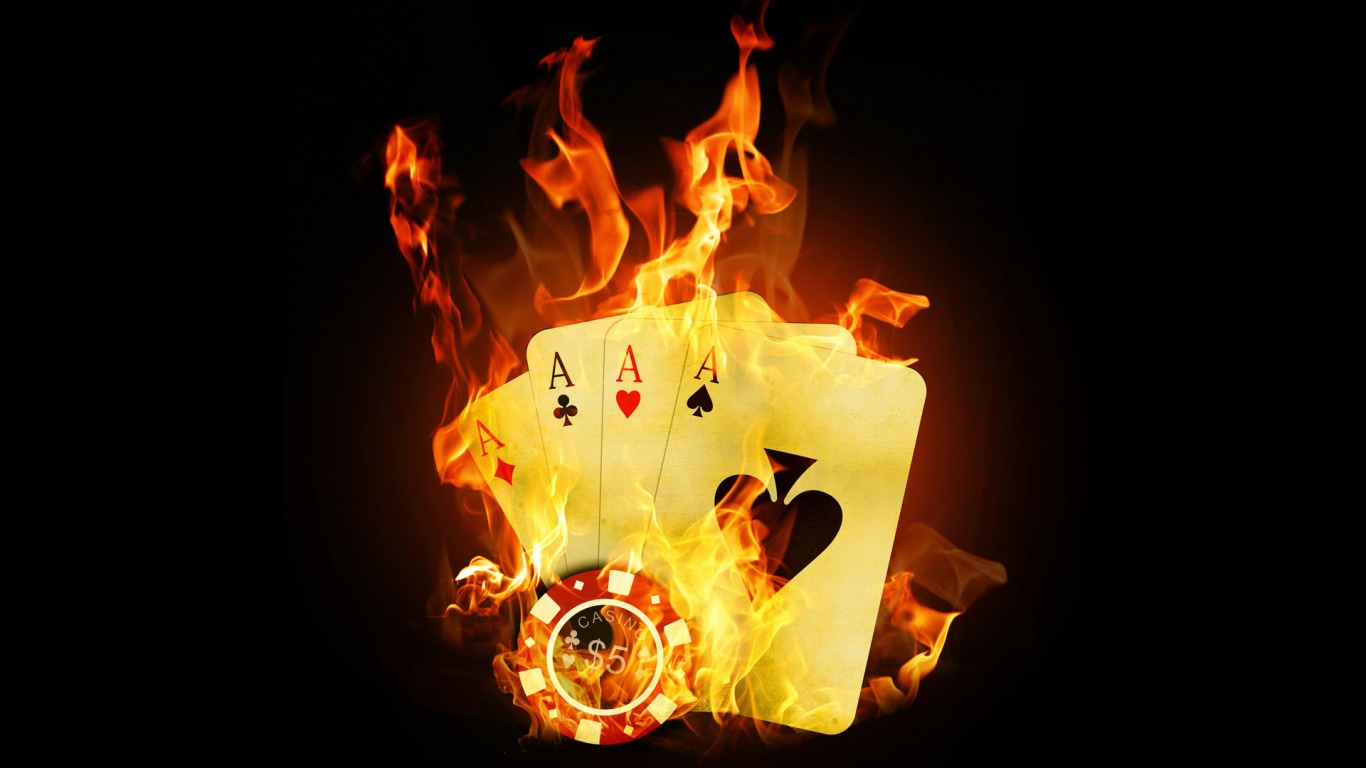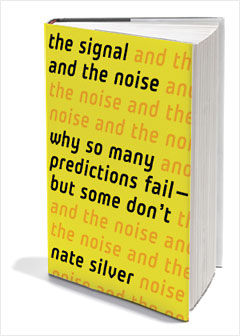 One might think that it no longer serves much to take notes since most of us play with a software like PokerTracker statistics that show our opponents and raise their profiles automatically. In fact, the more information we have on a player, the easier it is to get a good reading of the game PokerTracker can very well say that our opponent is playing loose and aggressive, but it does not tell us quickly if player in question has a habit of over-hitting his prints and sub-play monsters ...
One might think that it no longer serves much to take notes since most of us play with a software like PokerTracker statistics that show our opponents and raise their profiles automatically. In fact, the more information we have on a player, the easier it is to get a good reading of the game PokerTracker can very well say that our opponent is playing loose and aggressive, but it does not tell us quickly if player in question has a habit of over-hitting his prints and sub-play monsters ... Thomas 'PokerEven 'Corlaix
One might think that it no longer serves much to take notes since most of us play with a software like PokerTracker statistics that show our opponents and raise their profiles automatically. In fact, the more information we have on a player, the easier it is to get a good reading of the game PokerTracker can very well say that our opponent is playing loose and aggressive, but it does not tell us quickly if player in question has a habit of over-hitting his prints and sub-play monsters ...
I think we see taking notes as background work that increases your long-term hope of gain. In addition, it requires an effort of concentration and this forces us to abandon the robotic poker to sharpen reading and allow our opponents to make relevant notes.
So I searched everywhere on the net to find out how accustomed wrote their notes, they use abbreviations, etc.. So I picked all that, mixed with a touch of abbreviations and personal notes. I give you the result
Abbreviations, meanings and advice
NDT: English is a very precise language in contrast to the French rather facilitates the subtleties of language, I kept abbreviations in English, since most have been very difficult to implement.
ATC (any two cards)
When we see a showdown, it is always interesting to note what hand your opponent has played, and from any position. This provided a lot of guidance on how he sees the game When you see someone play 95o the middle of the table, note that as ATC; the more you will make, the higher your score will be our relevant.
Be careful here, the range of player will fish (most common) to the very good loose-aggressive player (the rarest). The quality of player we assess its post-flop play: do not forget to note the level of the player, for example by writing ATC (-) for a fish and ATC (+ +) for Phil Ivey.
FC (Flush Chaser)
Many players love to play colors prints. When you see someone follow big bets on the flop and the turn while the table provides a print-color, but lies on a small bet on the river, you can be pretty sure he ran after her color. You should note this type of player and also check whether its color once it has touched, or if put directly to the pot. It is important to make a difference: it differs from SOOT a classic selection of his hands pre flop. Do not forget to make him pay his prints high price, if you hit a good flop
SOOT (Likes to play any two suited cards)
These players are very similar to the "FC", except that they like to play any matching for almost any position cards. If you see a player with K6s UTG J4s well or middle, you're dealing with players in this category. Be careful when your opponent after a check / call, starts to check / raise once suddenly pulling back ... On the other hand, since these players are rather looses their preflop selection criteria, take the opportunity to raise the pot to make it grow if you have position.
AK (AND flop bet to turn a harmless table)
Almost everyone will build on a flop with any two cards if they have raised preflop. Much less players continue to bet on the turn without having improved ... It is very interesting to know how your opponent handles this situation especially when you have a marginal hand. This reading is a little hard to do since you will need to see some slaughterings to confirm with certainty.
If you have seen the player bet again on the turn without being improved, note and the amount of its% of pot that can be distinguished from its usual setting if it has a made hand ( then you valuable delivering to tell later), which could allow you, for example, check / raise on the turn with a marginal hand.
CRW (Raises Calls with weak hands)
This opponent will raises, for example, with QT without position or speculative hands like J8o. Look carefully how much this type of player is able to follow for a preflop raise with a weak hand to increase your expected gain.
Beware, however, if you miss the flop with AK J84 and your continuation bet is followed. Do not get involved too much more in the game, that player will probably hit something.
This type of player will easily fall in love with his top pair and will tend not to believe in the strength that you will represent an ideal target for return on your strongest hands.
LAF (Will lead into pre-flop raiser and fold to a raise)
Some players will reminders preflop out of position with the intention of stealing the pot on the flop when playing aggressively. Most of these players will lie on a generous raise your hand, unless they have a very good hand.
Regularly restart these players on the flop you should be able to win a few more pots. Whenever you see a player bet the flop and fold to a raise, write it down. Be careful in the qualification of the player and use of this reading.
Ax (Will play from anywhere Any ace)
Many players fall in love with their hand if it includes an Ace If you see someone playing A3 in early position or call a raise with A8, before you this kind of player. This reading will help to unleash your pair of kings on a flop comprising an Ace face this opponent who does not want to lie low, however its as; conversely, it allows you to monetize your pair of aces with a good kicker against his ace kicker little pair.
NPR (Will raise a non-premium hand)
Some opponents will revive the hands of second rank from any position. The range of hands with which they do this will let you know how they play and looses aggressive. It is worthwhile to recognize those who revive hands like KQ in late position, but it is even more juicy know which more aggressive and looses again revive hands like Q9S since mid-word. In short this type of game can be adapted as the Maniac (NPR (-)) which will lose most of the time the carpet quickly, the fish (NPR) that has no notion of the strength of his hand over position, or the right player (NPR (+ +)) who wants to vary his game and adopt this style depending on its position, the number of limpers, etc..
PBA (Will limp re-raise big hands)
The majority of players who limp and surrelancent their hands in early position do with AA, KK or QQ. (This is sometimes fun to do with a relatively weak hand) Rate this behavior whenever you see, but if you see a play and limp re-raise with a marginal hand.
LA (Look-up artist)
That it is a very juicy player: he almost always follow your flop bet it is in position, but will fold if you continue to show strength at the turn. He hopes to succeed is a "Floating", that is to say follow your continuation bet to see you turning checker and make you sleep with a bluff. You spot them easily by looking at the following lot continuation bets players. If you identify one, exploit their weakness in this way:
1: You miss your flop with a hand like AK. After your continuation bet, get ready to bet again on the turn. Make sure however that the texture of the flop you are not adverse and you can represent the hand you want correctly.
2: You hit your flop with a hand like AK, This time, get ready to check behind your continuation bet if your opponent's position, then simply follow its implementation. You can then take control in the river. Be careful, however, the texture of the flop.
To this I added a little more specific notes, such as a whole betting pattern, prints a little more subjective and specific notes in tournament play.
Example:
- Seems much bluff
- Lets steal his blind
- Player tricky (3-bet light / Squezze play)
- Plays in KK pre-flop in position
- etc..
All this information, coupled with the statistical database that was on the player, allow to significantly improve his game Furthermore, as I noticed at the beginning of this article, taking notes requires us to be more attentive to the game and allows to avoid playing cards in our possession too automated, without considering the opponent and specific weaknesses.




